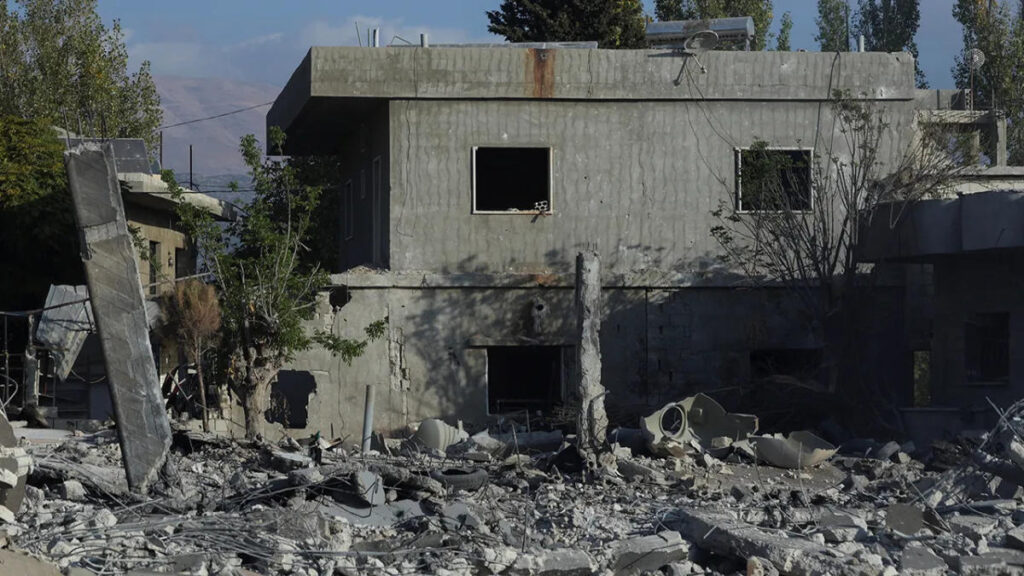Recent military actions conducted by the Israel Defense Forces (IDF) reflect a significant escalation in the conflict between Israel and Hezbollah, particularly in northern regions along the Israel-Lebanon border. The IDF has reported the successful targeting and killing of several high-ranking Hezbollah commanders, including Farouk Amin Alasi, who was identified as the commander responsible for numerous rocket and anti-tank missile attacks directed at Israeli communities, particularly in the Galilee Panhandle and the town of Metula. The IDF’s operations aim to disrupt Hezbollah’s operational capabilities and retaliate against the ongoing threats posed by the group, especially those that have intensified in recent months.
In a comprehensive statement, the IDF confirmed the elimination of two Hezbollah leaders responsible for directing over 400 attacks on Israel within a single month. The killing of Yousef Ahmad Nun—another key figure in the Radwan Forces—further underscores the IDF’s commitment to countering the persistent threat Hezbollah poses to Israeli security. The coalition of attacks against Israeli territories has prompted retaliatory measures that have increasingly involved aerial strikes and ground operations in both Lebanon and Gaza.
Recent operational activities have extended beyond attacks on Hezbollah personnel. The IDF has engaged in the identification and neutralization of extensive Hezbollah weapon caches located throughout southern Lebanon. This includes the discovery of an underground command center housing sophisticated weaponry and infrastructure designed for military operations against Israel. The ongoing efforts indicate a broader strategy to dismantle not only the leadership of Hezbollah but also the comprehensive support structures that sustain their activities targeting Israel.
In response to escalations, the IDF has also been active in Gaza, contending with various militant cells and conducting airstrikes to neutralize threats emerging from terrorist activities in the region. Following a series of deadly attacks attributed to Hezbollah—including an incident that resulted in casualties among Israeli civilians—the IDF intensified its operations. They reported numerous successful strikes that have reportedly led to the elimination of high-profile terrorists involved in orchestrating attacks against Israel.
The IDF’s operational focus in Jabaliya and central Gaza illustrates the multidimensional nature of their military strategy, addressing threats from diverse sources amid ongoing hostilities. They are carrying out targeted raids to disrupt operational cells while securing important intelligence on weaponry and militant infrastructures. This dual-pronged approach—targeting leadership while simultaneously degrading militant capabilities—demonstrates the ideological and tactical frameworks that guide IDF operations within both Lebanon and the Gaza Strip.
The recent conflict dynamics reflect a rapidly evolving security environment marked by continuous threats and retaliations. As each side responds to escalating attacks, the situation remains precarious. The IDF’s repeated assertions of successful strikes against Hezbollah leadership may serve as both a tactical victory and a message of deterrence aimed at discouraging further aggression. However, the cyclical nature of the conflict with Hezbollah, exacerbated by regional tensions and ongoing skirmishes, raises questions about the long-term viability of these military tactics and the necessary conditions for achieving sustained security within these contested areas.

